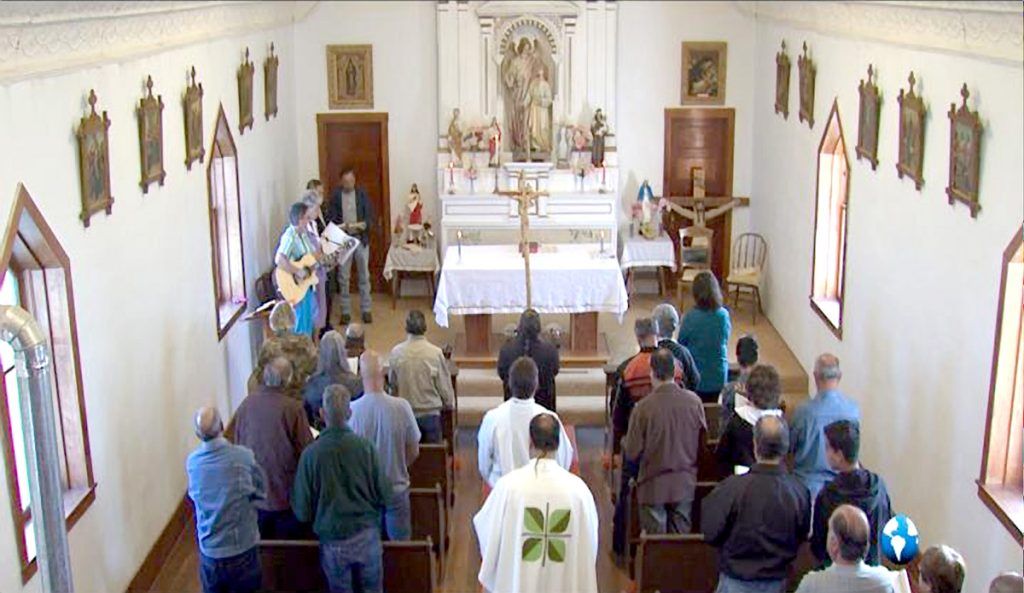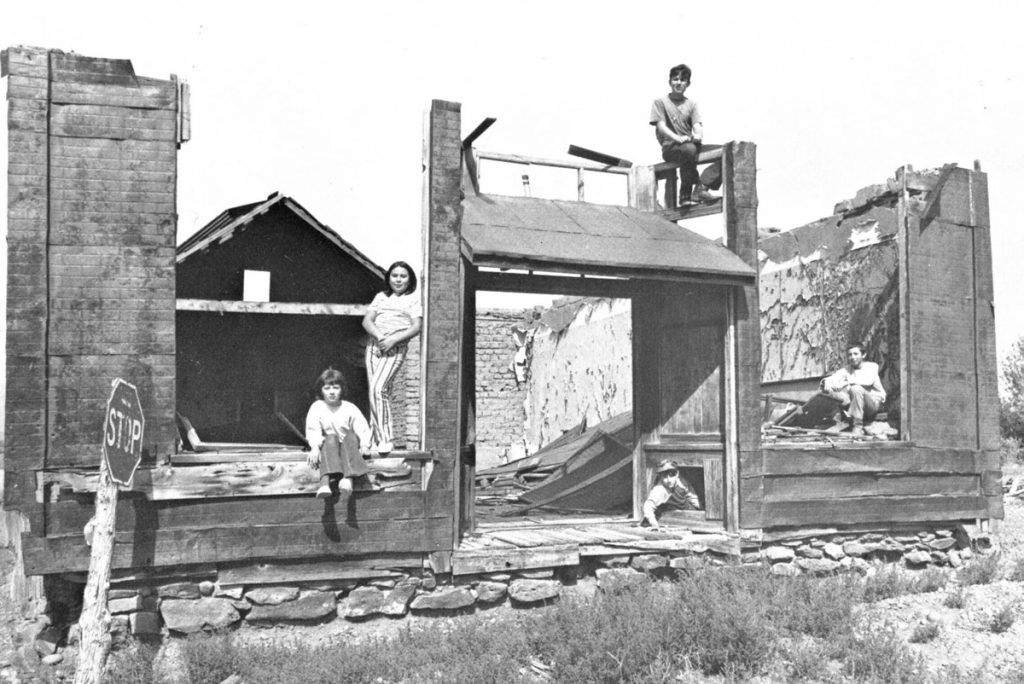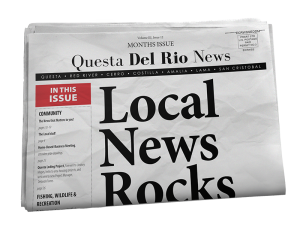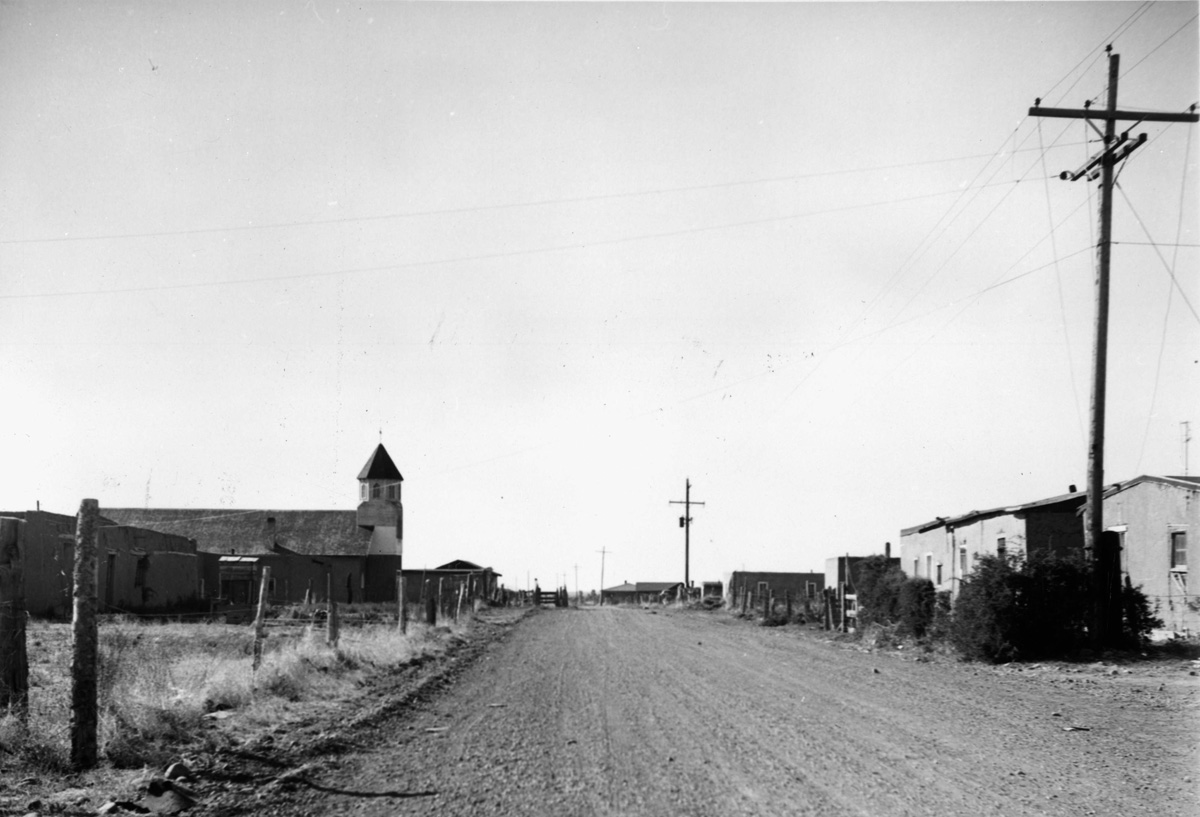La Placita de San Rafael is one of a five-part documentary series highlighting the History, Culture and Spirituality of Nuevomexicano Communities in southern Colorado/northern New Mexico. The picturesque San Luis Valley is located in the heart of Southern Colorado. Its residents are descendants of the Spanish conquistadors whose families have lived here for hundreds of years. Our community’s rich cultural traditions have been passed on from generation to generation.

— John Nichols, author of Milagro Beanfield War
“What good is a hometown when everyone you know is gone?”
The truth is, you never outgrow where you come from. You carry it with you everywhere you go. I was raised in the shadow of the church of San Pedro y San Rafael. Not the San Rafael Presbyterian Church in Mogote, but the Roman Catholic Church by the same name. Suffice to say that since I lived right across the fence from church, I spent a lot of my time there — attending mass, helping in the maintenance and upkeep, and even playing guitar in the three-person choir.
— Ronald Rael, B. Envd; University of Colorado, M.Arch.; Columbia University
This is such an important record to preserve this history and culture of the Indo- Hispano villages of the Valle de San Luis for future generations.
When asked where I grew up, a sense of pride and satisfaction comes over me. I was brought up in San Rafael and educated by Catholic nuns. It was all I knew. As far as other religions were concerned, they didn’t exist — everybody was Catholic. I’m not proud to say that my church attendance has lessened over the years but I’m still a Catholic. It’s my identity, my culture. The entire population of the “Placita” felt similarly, and we all felt as if the little church belonged to all of us.
My family, as well as our relatives and neighbors, all shared a common bond — our little church. From the changing of mayordomos to the annual función and our monthly mass, it was all about family and community. Father Felix Lopez was the pastor. He was from Spain and spoke little English. All our interactions with him, including mass, were in Spanish. That was fine though since it was our native language anyway.
When my father passed in 2014, my aunt Fedelina and I rang the church bell to announce his passing. I was told that it was the tradition. Who I became and my perception of the people and places around me was forged in this placita. I don’t live there anymore. I wish could spend more time there, but I carry it with me everywhere I go. I hope you enjoy this documentary as much as I enjoyed growing up en La Placita de San Rafael.

To see the film trailer visit: http://downtoearthmedia.org.
DVD Total Running Time: 20 minutes.
— Dr. Martha Urioste, Denver
It is so important to have this kind of history.
Rick Vigil, from Antonito, Colo., is the proprietor and film producer of Down To Earth Media, LLC. In the past 20 years he has produced a collection of documentaries on the culture, tradition, and spirituality of the Spanish speaking communities within the counties of Conejos and Costilla in the San Luis Valley. When you purchase these films you are saying “Yes!” to Oral History. Please encourage others to do the same. Order your DVDs at http://downtoearthmedia.org/order.html Down To Earth Media, LLC, Contact Rick Vigil at (303) 842-9579 / dtem@comcast.net



